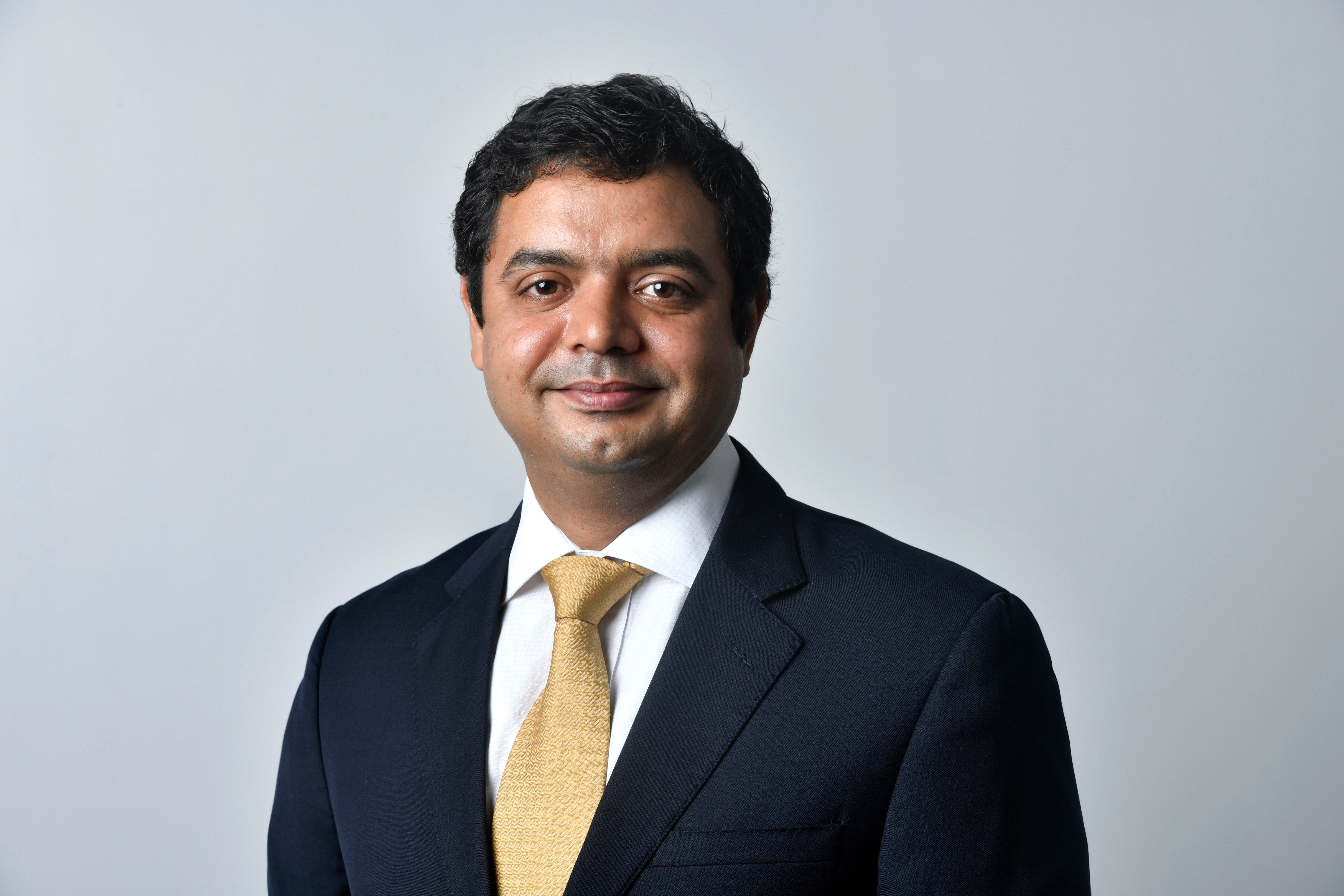
In the Union Budget 2020, Finance Minister Nirmala Sitharaman has proposed abolition of Dividend Distribution Tax (DDT), while the dividend income on mutual fund (MF) will become taxable.
In the Union Budget 2020, Finance Minister Nirmala Sitharaman has proposed abolition of Dividend Distribution Tax (DDT), while the dividend income on mutual fund (MF), which is now tax-free in the hands of investors, will become taxable from the beginning of the financial year 2020-21.
Abolition of DDT is good news for investors, as Asset Management Companies (AMCs) now need to pay 10 per cent (11.648 per cent including surcharge and cess) tax before distributing dividend to equity MF investors and 25 per cent (29.12 per cent including surcharge and cess) tax before distributing dividend to debt MF investors. So, the investors would get higher dividend after abolition of the DDT.
However, the proposal of making dividend taxable would be a dampener, as the dividend income so far is tax free in the hands of the investors.
Now the question is what investors should do? For whom will it be more tax efficient to stick to dividend payout option and for whom will be beneficial to switch to growth option after dividend income becomes taxable in the hands of the investors following abolition of DDT from April 1, 2020?
“It would be beneficial for investors to opt for growth plan, if their marginal tax rate is above a threshold slab. This threshold will vary basis investment horizon (Long term/Short term) & underlying asset class (Equity/Debt),” said Gaurav Awasthi, Senior Partner, IIFL Wealth Management.
Awasthi also explained that for investors it is beneficial to switch to growth plan from dividend plan if:
- Equity investors whose investment horizon is > 1 year (LTCG tax rates – 10 per cent) & Marginal tax rate is greater than 10 per cent.
- Equity investors whose investment horizon is < 1 year (STCG tax rates – 15 per cent) & Marginal tax rate is greater than 15 per cent.
- Debt investors whose investment horizon is > 3 year (LTCG tax rates – 20 per cent with indexation) & Marginal tax rate is greater than ~15 per cent.
(Assuming 4 per cent indexation; exact break-even point depends on indexation rates and scheme generated returns applicable for investment horizon).
“As marginal rate applies for short term gains and dividends in debt Mutual fund schemes, investors should be indifferent to either,” said Awasthi, adding, “Investors whose tax slabs are above below breakeven rates, it would be advisable to switch to growth plan from dividend distribution plan.”
The following table shows short-term and long-term break even marginal tax rate for both equity MF and debt MF investors:


Read the original article:
Financial Express
